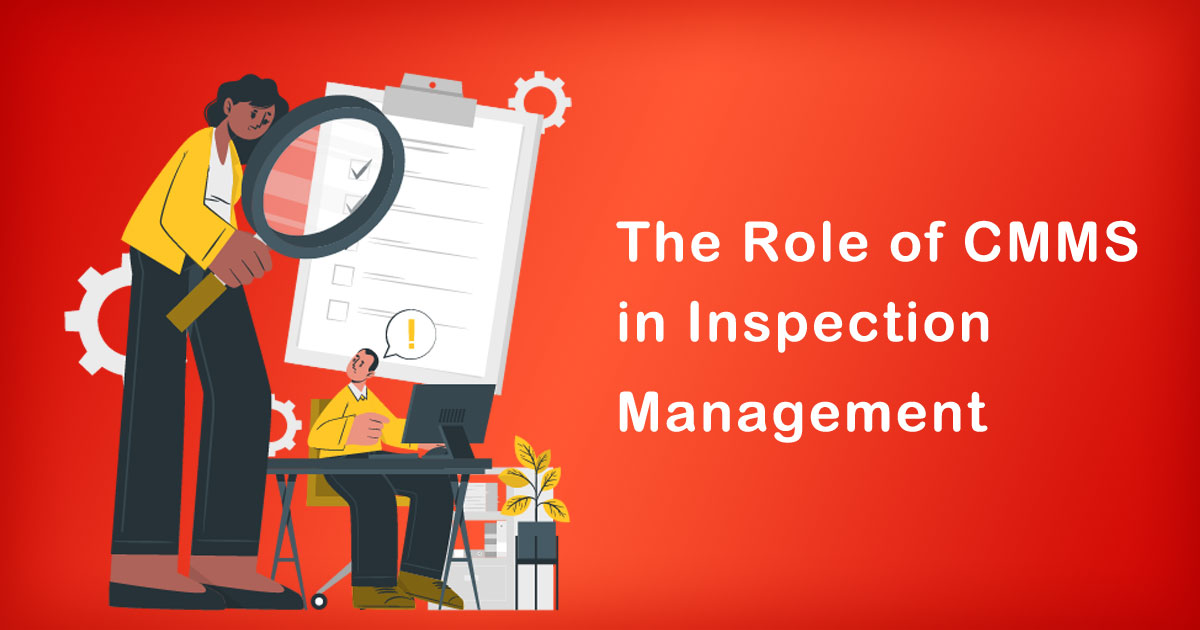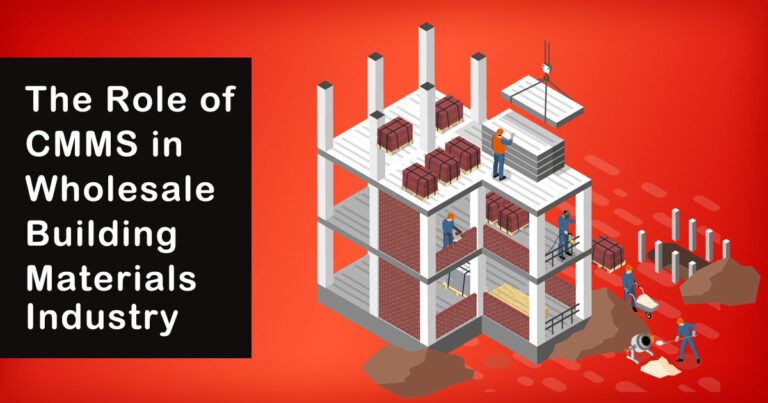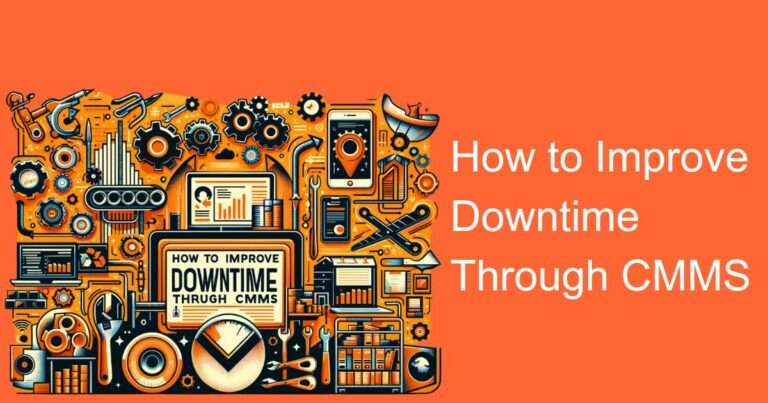Introduction
In today’s fast-paced industrial landscape, effective inspection management plays a vital role in maintaining the safety, reliability, and compliance of various infrastructures and equipment. Companies across different sectors, including manufacturing, energy, transportation, and healthcare, must adhere to stringent regulatory standards to ensure the integrity of their assets. To streamline and enhance the inspection process, many organizations are turning to Computerized Maintenance Management Systems (CMMS). This article explores the importance of CMMS in inspection management in the Indian context, highlighting its benefits and impact on operational efficiency.
Streamlining Inspection Processes
Traditional paper-based inspection methods can be time-consuming, prone to errors, and lack real-time visibility. CMMS software automates and streamlines the entire inspection workflow, from scheduling and assigning inspections to capturing data and generating reports. Inspectors can easily access inspection checklists, record observations, and attach relevant documents or images using mobile devices. This digital transformation not only reduces paperwork but also improves the accuracy and speed of data collection, enabling more efficient and effective inspections.
Ensuring Compliance with Regulatory Standards
Compliance with regulatory standards is crucial for businesses in India to maintain operational licenses, certifications, and public trust. CMMS solutions provide a centralized platform for managing compliance-related tasks, such as scheduling inspections, tracking findings, and generating compliance reports. By implementing a CMMS, organizations can ensure that inspections are conducted at the required frequencies and that any identified issues are promptly addressed. This proactive approach not only reduces the risk of regulatory violations but also demonstrates a commitment to safety and quality.
Preventive Maintenance and Risk Mitigation
CMMS software goes beyond managing inspections alone. It also facilitates proactive maintenance by integrating inspection data with maintenance workflows. By analyzing inspection findings, organizations can identify trends, predict potential failures, and take preventive measures to mitigate risks. For example, if recurring issues are identified during inspections, maintenance teams can schedule corrective actions to address them before they escalate into costly breakdowns or safety hazards. This predictive approach to maintenance helps organizations reduce downtime, extend asset lifespan, and optimize operational efficiency.
Data-Driven Decision Making
One of the significant advantages of CMMS software is its ability to generate comprehensive reports and analytics based on inspection data. By analyzing this data, organizations can gain valuable insights into asset performance, identify recurring problems, and make informed decisions regarding maintenance strategies and resource allocation. Data-driven decision making enables businesses to optimize maintenance schedules, allocate resources more effectively, and identify areas for process improvement. Furthermore, CMMS solutions can integrate with other enterprise systems, such as Enterprise Resource Planning (ERP), to provide a holistic view of asset management.
Enhanced Collaboration and Communication
Effective collaboration and communication are crucial for successful inspection management. CMMS software enables seamless collaboration between inspectors, maintenance teams, and management. Inspection results, findings, and work orders can be easily shared and tracked within the CMMS, ensuring that all stakeholders are on the same page. Real-time notifications and alerts keep everyone informed about inspection schedules, findings, and progress. This improved collaboration and communication foster a culture of accountability, transparency, and teamwork, leading to faster issue resolution and improved overall operational efficiency.
Conclusion
In the Indian context, where regulatory compliance, safety, and efficient asset management are paramount, CMMS software plays a crucial role in inspection management. By streamlining inspection processes, ensuring compliance, facilitating preventive maintenance, enabling data-driven decision making, and enhancing collaboration, CMMS solutions help organizations optimize their inspection workflows and improve operational efficiency. As industries continue to evolve and become increasingly complex, investing in a robust CMMS system becomes a necessity rather than an option for businesses that aim to thrive in today’s competitive landscape. Embracing CMMS technology can help organizations stay ahead of the curve by enhancing safety, compliance, and asset reliability.








